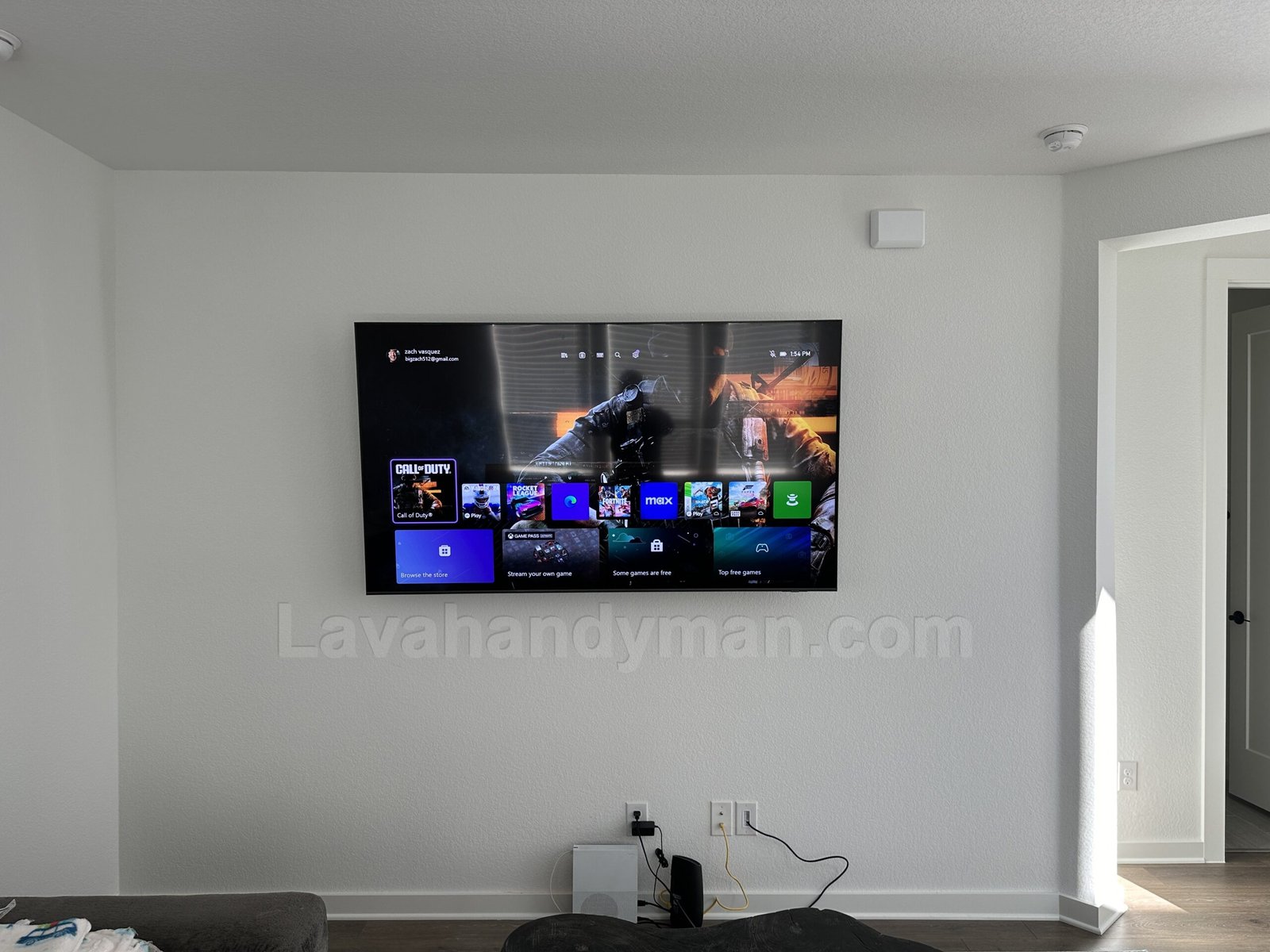Curved vs Flat Screen TVs: Pros and Cons Explained
Curved TVs have gained popularity in the market, offering a different design compared to flat-screen models. While both types provide a great viewing experience, they come with unique pros and cons. In this article, we’ll explore the advantages and disadvantages of curved TVs and flat-screen TVs to help you make an informed decision.
Advantages of Curved TVs:
- Enhanced Viewing Experience
- Curved screens create a more immersive experience, offering a cinematic feel. The design reduces the distance between the viewer and the screen, providing a wider field of view and more natural image depth.
- Reduced Glare
- Curved displays reduce glare caused by light reflections, improving overall image quality. This makes them better for rooms with ambient lighting.
- Better Viewing Angles
- Curved TVs maintain consistent image quality even from off-center positions, unlike flat TVs, which lose sharpness from side angles. This makes them ideal for rooms with multiple viewers.
- Stylish Design
- Curved TV designs are modern and elegant, adding a luxurious touch to your home entertainment system. They can serve as both functional tech and home decor.
- Ideal for Gaming
- Curved TVs for gaming enhance the experience by creating a sense of depth, making games feel more immersive, especially in fast-paced, action-packed scenes.
Disadvantages of Curved TVs:
- Limited Viewing from the Sides
- The curve may affect the viewing experience for people sitting on the sides, as the image quality decreases the further you are from the center.
- Best for Larger Sizes
- Curved TVs are typically available in larger sizes, which may not suit smaller rooms or those who prefer a more compact screen.
- Higher Price
- Curved TVs cost more than flat models due to their advanced technology and design, which can be a significant factor for budget-conscious buyers.
- Difficult Wall Mounting
- Mounting a curved TV on the wall is more complex than flat models, as they don’t sit flush against the wall. Proper adjustments may be required.
- Edge Clarity Issues
- Some curved models may have reduced clarity at the edges of the screen, making the viewing experience less consistent, especially when viewed from extreme angles.
Curved vs Flat Screen TV Comparison
| Feature | Curved TV | Flat Screen TV |
|---|---|---|
| Cinematic Experience | Immersive, best at center | Standard |
| Glare Reduction | Better, less light reflection | Standard |
| Image Quality from Different Angles | Consistent, better at center | Uniform across all angles |
| Design | Stylish, modern | Simple, classic |
| Price | Higher | More affordable |
| Wall Mounting | More challenging | Easier to mount |
| Gaming | Ideal for immersive gaming | Standard |
Conclusion:
Curved TVs offer an immersive, stylish viewing experience, perfect for larger rooms and gaming enthusiasts. However, their higher price, limited viewing angles, and difficulty mounting on walls may be drawbacks for some. On the other hand, flat-screen TVs provide a more budget-friendly, practical solution for smaller spaces and larger groups of viewers.
For more insights on TV buying guides and to find the best deals on curved and flat-screen TVs, visit Lavahandyman.com.

